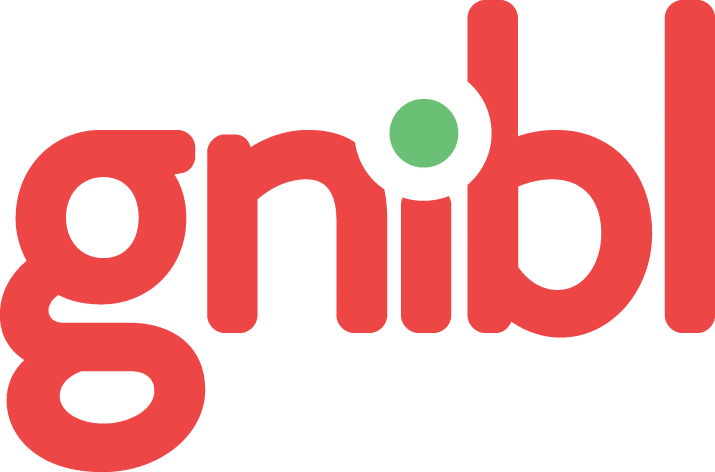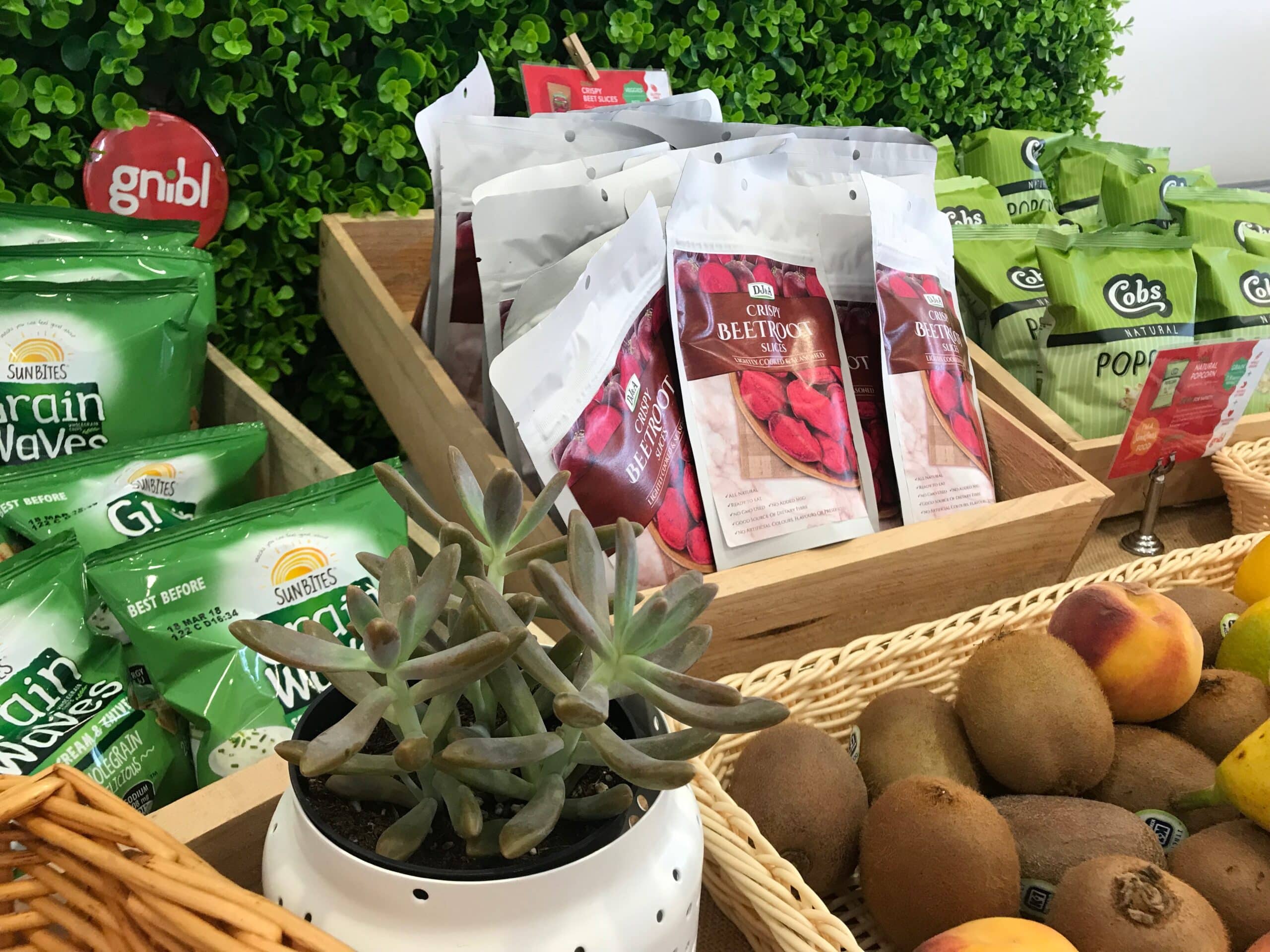Are you struggling to find healthy snack options that meet the NSW Healthy School Canteen Strategy guidelines?
Healthy eating plays a vital role in supporting the growth, development, and learning of students in Sydney schools. With the increasing focus on child nutrition, schools are required to provide food options that align with the NSW Healthy School Canteen Strategy. Finding snacks that students enjoy while meeting strict nutritional standards can be challenging, but it’s essential to create a canteen environment that promotes healthier choices.
This guide will help you understand how to source healthy snacks that comply with state guidelines, including key criteria, practical tips, and the best places to find compliant snack options. By the end, you’ll know how to provide snacks that students love while adhering to the NSW regulations.
Key Takeaways
- NSW schools must follow the Healthy School Canteen Strategy to promote student well-being.
- 75% of menu items must be “Everyday” foods; no more than 25% can be “Occasional” foods.
- Sugar-sweetened drinks are banned from NSW school canteens and vending machines.
- Snacks must meet portion size limits and have a Health Star Rating (HSR) of 3.5 or above for packaged items.
- Focus on whole foods, fresh fruit, dairy, and grain-based options that students will enjoy.
Why Healthy Snacks Are Important in Schools
Supporting Student Growth and Learning
Healthy snacks provide essential nutrients that support cognitive function, energy levels, and overall well-being. Students who have access to nutritious food are better able to concentrate, perform academically, and participate in physical activities.
Combatting Rising Childhood Obesity Rates
In NSW, over 24% of children aged 5–16 years are above a healthy weight. By providing healthier snack options, schools can help reduce this number and encourage lifelong healthy eating habits.
Aligning with Educational Goals
A healthy canteen reinforces what students learn in the classroom about nutrition and healthy lifestyles. It sends a consistent message about the importance of making nutritious choices every day.
Understanding the NSW Healthy School Canteen Strategy
The Six-Step Guide to a Healthy Canteen
The NSW Healthy School Canteen Strategy is designed to increase the availability of healthy foods and drinks while decreasing access to less nutritious options. Here’s how it works:
- Remove Sugar-Sweetened Drinks:
- Drinks like soft drinks, flavoured waters, energy drinks, and fruit drinks with less than 99% juice are not permitted.
- Healthier alternatives: Water, plain milk, and ≥99% fruit or vegetable juice (250ml max portion).
- Classify Foods as “Everyday” or “Occasional”:
- Everyday foods (75% of the menu): Fruits, vegetables, whole grains, lean meats, and dairy.
- Occasional foods (maximum 25% of the menu): Items like pies or processed snacks that meet specific criteria.
- Check Health Star Ratings:
- Packaged Occasional foods require an HSR of 3.5 or above.
- Use the Healthy Food Finder Tool to check ratings.
- Check Portion Sizes:
- Portion sizes must align with guidelines to ensure children aren’t consuming excess kilojoules.
- Balance the Menu:
- At least ¾ of the menu should be “Everyday” choices.
- Avoid promoting or highlighting “Occasional” foods.
- Market and Promote Everyday Choices:
- Display and price Everyday items favourably.
- Position healthy snacks at eye level and near points of sale.
Healthy Snack Ideas That Meet NSW Guidelines
Everyday Snacks (Must Make Up 75% of the Menu)
- Fresh Fruits & Vegetables:
- Apple slices, banana halves, carrot sticks with hummus, cucumber rounds.
- Portion-controlled fruit cups with ≥99% juice.
- Wholegrain Options:
- Wholegrain crackers with reduced-fat cheese.
- Wholemeal wraps with lean protein and salad.
- Dairy and Alternatives:
- Reduced-fat yoghurt (without added confectionery).
- Plain or flavoured milk (≤300ml for primary, ≤500ml for secondary students).
- Protein Snacks:
- Boiled eggs, tuna packs with crackers, or chickpea snacks (unsalted).
- Healthy Drinks:
- Water, plain milk, and ≥99% fruit juice (250ml limit).
Occasional Snacks (No More Than 25% of the Menu)
- Must have a minimum HSR of 3.5 and meet portion guidelines:
- Flavoured popcorn (≤30g)
- Muesli bars (≤50g, no added confectionery)
- Vegetable-based savoury muffins (≤80g)
Where to Source Healthy Snacks in Sydney Schools
Bulk Snack Suppliers & Wholesalers
Schools can partner with local Sydney-based wholesalers that offer canteen-compliant snacks in bulk. These suppliers typically provide comprehensive product lists, ensuring you meet all state requirements.
Healthy Vending Machines for Schools
Consider installing a healthy vending machine that’s aligned with the NSW Healthy School Canteen Strategy.
- Stocked with at least 75% Everyday items.
- Offers portion-controlled, compliant snacks.
- Provides healthier drink options and excludes sugar-sweetened beverages.
Tips for Implementing a Healthy Snack Program
- Involve Students in the Selection Process:
Conduct taste tests or surveys to find out what healthy snacks students enjoy. - Educate and Promote:
Use posters and school announcements to promote Everyday choices and highlight the importance of healthy eating. - Monitor and Update Regularly:
Review snack options every term to ensure compliance with evolving guidelines and maintain student interest.
FAQs
What snacks are banned in NSW school canteens?
Sugar-sweetened drinks, confectionery, and snacks with added icing or chocolate coatings are not permitted under the strategy.
Can students bring their own snacks to school?
Yes, but the canteen must adhere to the NSW guidelines for all items sold on site.
How can I tell if a packaged snack meets the guidelines?
Use the Healthy Food Finder Tool to check the HSR and compliance of packaged products.
Are flavoured milk drinks allowed?
Yes, but portion sizes are limited (≤300ml for primary, ≤500ml for secondary) and must contain minimal added sugars.

